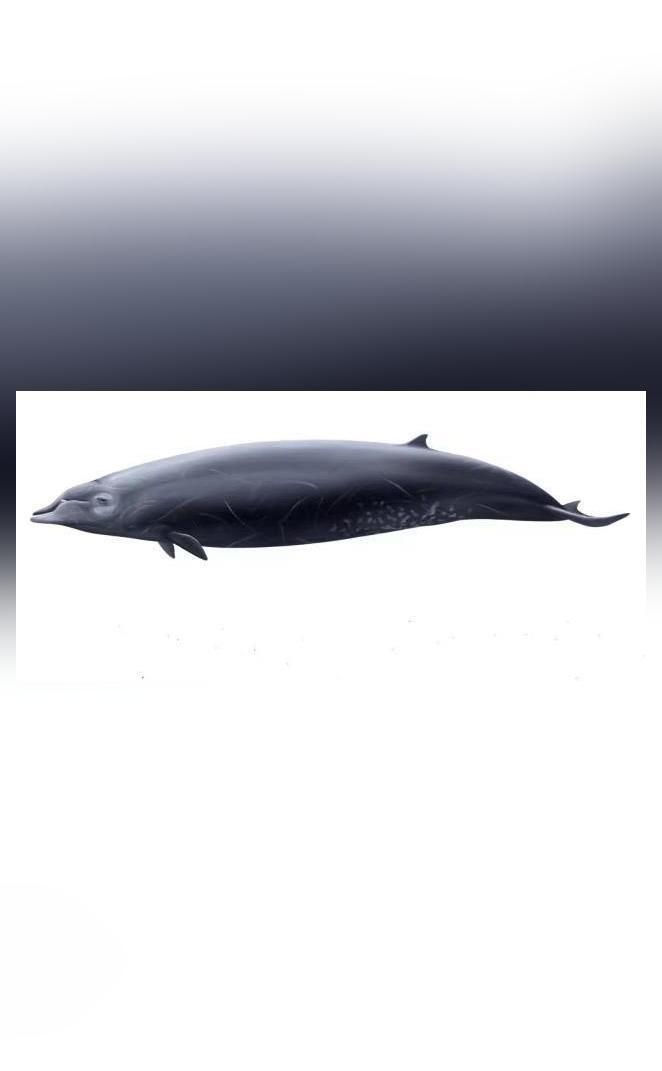
Scientists develop therapy that may make people immune to all viruses
In a groundbreaking discovery, scientists have made a significant breakthrough in the fight against viral infections. By recreating a rare gene mutation, researchers have developed an experimental therapy that may give people the extraordinary ability to be immune to all viruses. This innovative therapy has shown promising results in animal trials, and its potential implications are vast.
The study, published in Science Translational Medicine, was led by a team of immunologists who have been studying the genetic mechanisms that underlie viral immunity. They discovered that a specific gene mutation, which is found in a small percentage of the population, confers extraordinary resistance to viral infections. This mutation, known as the “IFNAR1” mutation, is responsible for activating the body’s natural defense mechanisms against viruses.
To develop the therapy, the researchers used a technique called gene editing to introduce the IFNAR1 mutation into cells. They then tested the therapy on hamsters and mice, which were infected with a range of different viruses, including influenza, HIV, and Ebola. The results were remarkable: the animals that received the therapy showed significant resistance to viral infection, and in some cases, were completely immune.
According to immunologist Dusan Bogunovic, “We’ve yet to find a virus that can break through the therapy’s defenses in cell culture.” This statement highlights the enormous potential of this therapy, which could potentially protect people against all types of viral infections. The implications are staggering: a world where people are immune to all viruses would be a world without the fear of pandemics, without the burden of chronic viral infections, and without the suffering and death caused by viral diseases.
The therapy works by activating the body’s natural defense mechanisms against viruses. When a virus enters the body, it triggers an immune response, which involves the production of interferons, proteins that help to fight off the infection. The IFNAR1 mutation enhances the production of these interferons, making the body more effective at fighting off viral infections.
The researchers are cautious about the results, however, and emphasize that more research is needed to fully understand the potential of this therapy. They also note that the therapy is still in the experimental stages and has not yet been tested in humans. However, the results of the animal trials are promising, and the researchers are hopeful that this therapy could one day be used to protect people against a wide range of viral infections.
The potential applications of this therapy are vast. It could be used to protect people against infectious diseases such as influenza, HIV, and Ebola, as well as against emerging diseases such as COVID-19. It could also be used to treat people who are already infected with a virus, by enhancing their body’s natural defense mechanisms and helping to clear the infection.
The development of this therapy is a testament to the power of scientific research and the importance of continued investment in medical research. It highlights the potential of genetic engineering and gene editing to develop new and innovative therapies, and demonstrates the critical role that scientists play in advancing our understanding of human disease.
In conclusion, the discovery of this experimental therapy is a significant breakthrough in the fight against viral infections. While more research is needed to fully understand its potential, the results of the animal trials are promising, and the implications are vast. As scientists continue to develop and refine this therapy, we may one day have a powerful new tool in the fight against viral diseases.
Source: https://www.cuimc.columbia.edu/news/one-universal-antiviral-rule-them-all






